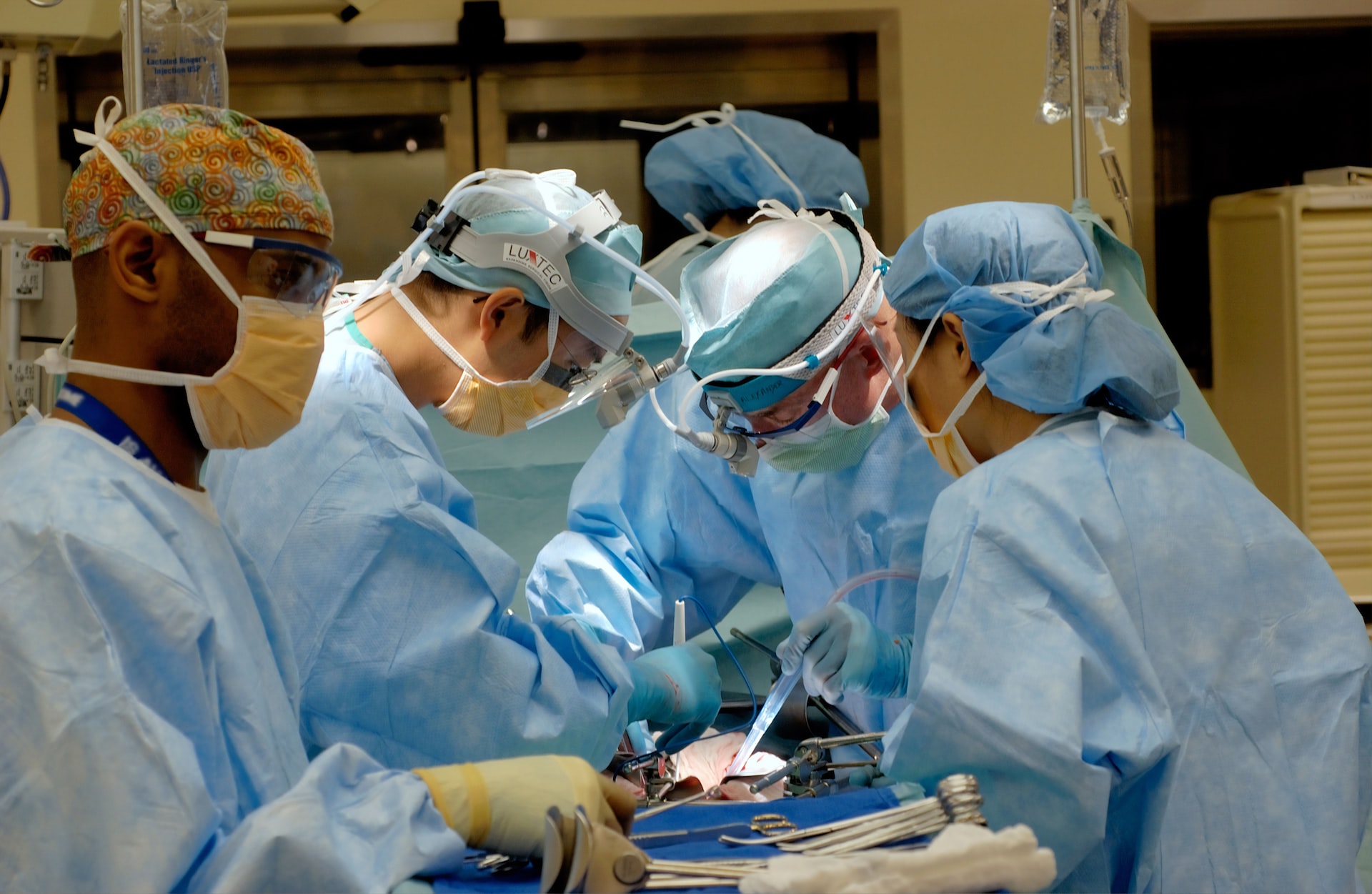Although the first great discoveries of anatomy enabled doctors to save many lives, they could not alleviate pain. Without anesthesia, surgeries were a living nightmare. Patients were held or strapped to a table, and surgeons tried to work as quickly as possible. In 1811, one woman wrote: “When the terrible steel plunged into me, dissecting veins, arteries, flesh, nerves, I no longer had to be asked not to interfere. I let out a shriek and screamed until it was over. The agony was so unbearable.
Surgery was a last resort, and many preferred to die rather than go under the surgeon’s knife. Throughout the centuries, the pain of surgery was relieved by the use of improvised drugs, some of which, such as opium or mandrake extract, were narcotics. By the 1940s, several people were searching for a more effective anesthetic: two Boston dentists, William Morton and Horost Wells.
They experimented with two substances believed to relieve pain – nitrous oxide, aka laughing gas, and a liquid mixture of alcohol and sulfuric acid. The question of exactly who discovered anesthesia remains controversial; it was claimed by all three. One of the first public demonstrations of anesthesia took place on October 16, 1846. W. Morton had been experimenting with ether for months, trying to find a dosage that would allow the patient to undergo surgery without pain. He presented the device of his invention to a general audience of Boston surgeons and medical students.
The patient, who was to have a tumor removed from his neck, was given ether. As Morton waited, the surgeon made the first incision. Amazingly, the patient did not scream. After the operation, the patient reported that he felt nothing the entire time. The news of the discovery spread around the world. Surgery without pain was possible, now there was anesthesia. But despite the discovery, many refused to use anesthesia. According to some doctrines, pain should be endured rather than relieved, especially labor pains. But here Queen Victoria had her say. In 1853, she was giving birth to Prince Leopold. At her request, she was given chloroform. It turned out to alleviate the pains of childbirth. After that, women began to say, “I’ll take chloroform too, because if the queen doesn’t disdain it, I won’t be ashamed of it either.




